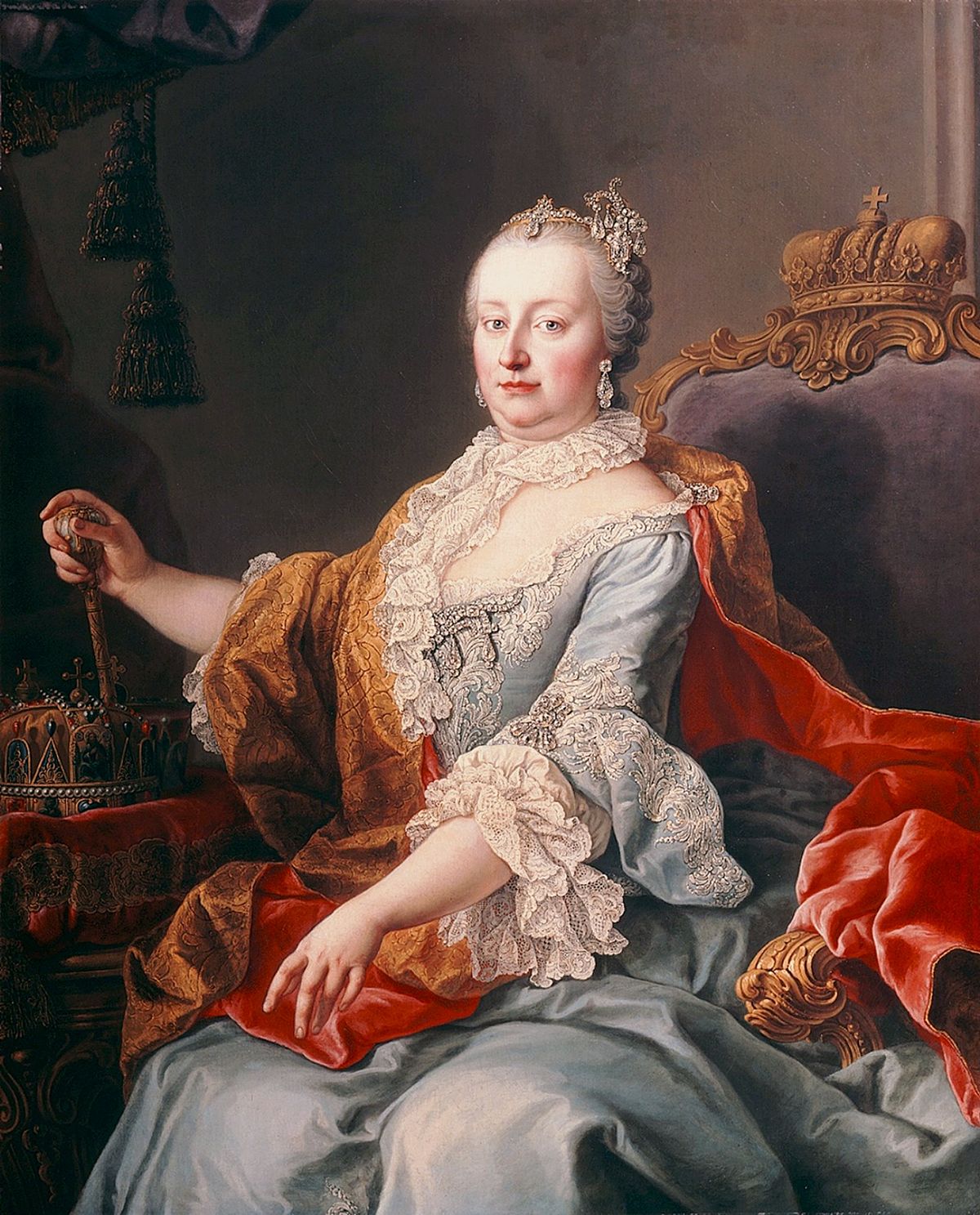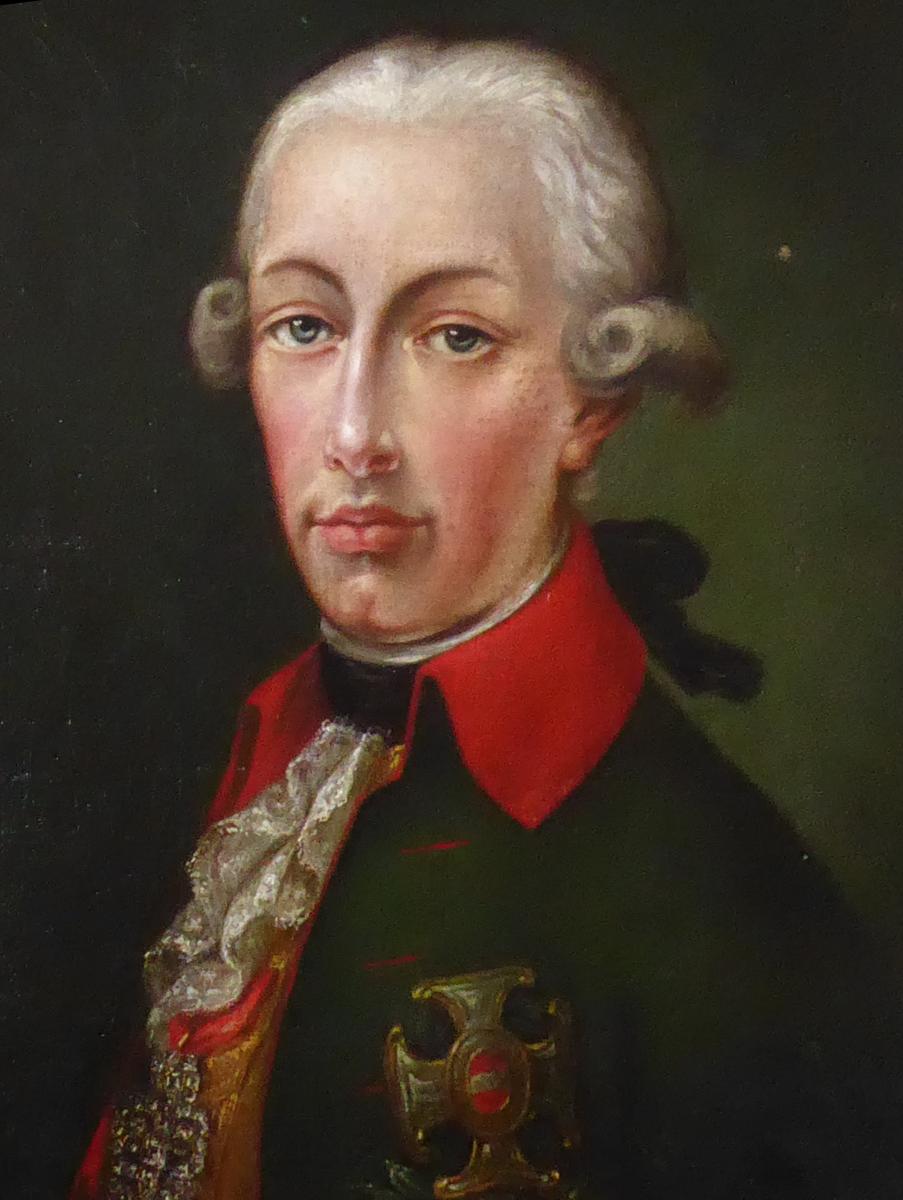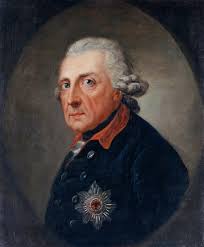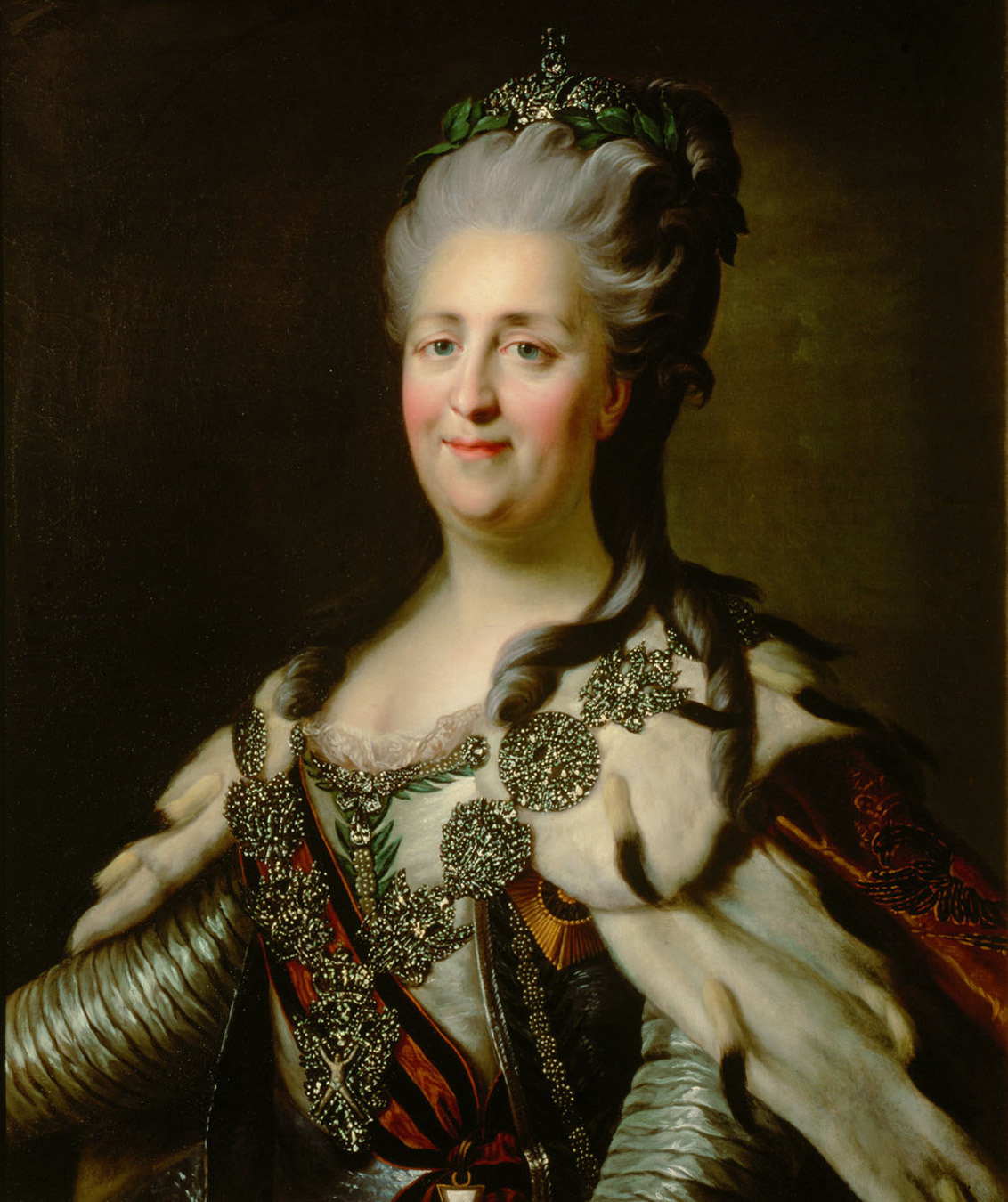4.6 Enlightened and Other Approaches to Power
4 min read•june 18, 2024
Jillian Holbrook
AP European History 🇪🇺
335 resourcesSee Units
Rise of Prussia
The Peace of Westphalia, signed in 1648, developed Westphalian sovereignty, meaning that each state had sovereignty over itself concerning religion. As the Catholic Church was the only influence holding the Holy Roman Empire together, the limitation of sovereignty opened a gap for Prussia's rise to power. Each German state could choose the religion they wanted to institute, and many selected the Protestant faith, namely Lutheranism, to remove the political grip of the Catholic Church entirely.
Throughout the 19th century, Prussia became a leading Eastern European state.
Enlightened Despots
Napoleon Bonaparte (1800-1815)
Napoleon is a more controversial enlightened leader but exhibits many of the same qualities as other enlightened despots. Napoleon’s domestic reforms after the French Revolution modeled the ideas of the Revolution—less Church authority, less burdensome taxes for the third estate, and natural rights. However, it came under the dictatorial rule of a leader obsessed with controlling the continent of Europe and keeping his people happy enough to take that control.
Napoleon combined over 300 French law codes to produce the Napoleonic Code in 1804, which instituted a citizen army, fewer taxes, popular sovereignty, abolition of hereditary privileges, and freedom of religion. He also started a series of wars against other European nations in an effort to conquer or control them, providing ultimate power to France. His costly invasion of Russia during the reign of Alexander I ultimately led to his downfall and defeat at Waterloo against the British.

Image Courtesy of History
Maria Theresa of Austria (1740-1780)
Maria Theresa's leadership was initially contested with the War of Austrian Succession, but after naming herself empress, Maria Theresa worked most of her life to improve Austria by any means necessary. She supported education, instituted a scientific academy, and even inoculated herself and her children with a smallpox vaccine to be a good example to her citizenry. Additionally, she began a military academy for citizens, instituted mandatory education for all citizens, regulated payments made to serfs for their labor, created a police force, and began Austria’s first Supreme Court. However, as a devout Catholic, she also exiled Jewish people from Austria.
Many historians say these reforms were to better the lives of Austrian citizens while also bolstering the economy, showing signs of domestic strength after the fall of the Holy Roman Empire, and evidencing Maria Theresa's ability to lead as the sole female Habsburg. (PS- one of her eleven daughters was Marie Antoinette of France!)

Image Courtesy of Wikipedia
Joseph II of Austria (1765-1790)
Joseph II was the son of Maria Theresa of Austria and became emperor with her in 1765, although she made most of the important decisions until her death in 1780. He oversaw many of the domestic reforms regarding education and the police force while his mother was still alive but had many reforms of his own. His Edict of Toleration granted limited religious freedoms to Jewish and Protestant people and congregations, and the arts in Austria flourished under his reign.
He also sought to establish religious toleration and diminish the political role of the Catholic Church and ordered any monastery not engaged in educational or hospital work to close. However, criticisms of Joseph II state that many of his reforms were only instituted to heavily tax the previously untaxed, force many subjects into military service, and diminish the power of the Church to grow his own authority.

Image Courtesy of Proantic
Frederick William I of Prussia
Frederick William I wanted to build Prussia into a sovereign, self-sufficient state with a strong military to defend against other European nations who may try to usurp power. He developed a system to recruit and then replace soldiers as they became unable to fight.
He also developed an officer corps that he managed. He disbanded most of his court, repopulated and settled Eastern European lands formerly destroyed by a plague, freed serfs, placed heavy taxes on the wealthy, and abolished hereditary privileges. Additionally, he instituted primary education for all Prussians.

Image Courtesy of Wikipedia
Frederick II of Prussia (1740-1786)
Frederick II followed many of the reforms instituted by his father, Frederick William I, but he was still a strong conservative leader at heart. He understood the only way to accomplish personal goals was to ensure his citizens were content. He believed he could accomplish his foreign goals by being a present, strong leader that was unchallenged by his own people.

Image Courtesy of Wikipedia
Catherine the Great of Russia (1762-1796)
Catherine the Great was a well-known liberal thinker and tried to get a constitution passed in Russia, although it failed. However, she did focus on growing Russia’s economy, which included expanding south and west into Poland, keeping serfdom, building over a hundred Russian cities and resettling old ones, expanding trade, encouraging education, especially of women, and building the Russian military.
Like many leaders before her, Catherine was dependent on the aristocracy to support her as monarch. She planned to abolish serfdom, but with 95% of Russia’s economy being agriculture, the move would be very unpopular among the aristocrats. She even took it a step further and imposed serfdom on Ukrainians, who had otherwise remained free.

Image Courtesy of Wikipedia
Browse Study Guides By Unit
🎨Unit 1 – Renaissance & Exploration
⛪️Unit 2 – Reformation
👑Unit 3 – Absolutism & Constitutionalism
🤔Unit 4 – Scientific, Philosophical, & Political Developments
🥖Unit 5 – Conflict, Crisis, & Reaction in the Late 18th Century
🚂Unit 6 – Industrialization & Its Effects
✊Unit 7 – 19th Century Perspectives & Political Developments
💣Unit 8 – 20th Century Global Conflicts
🥶Unit 9 – Cold War & Contemporary Europe
📚Study Tools
🤔Exam Skills
👉Subject Guides

Fiveable
Resources
© 2025 Fiveable Inc. All rights reserved.